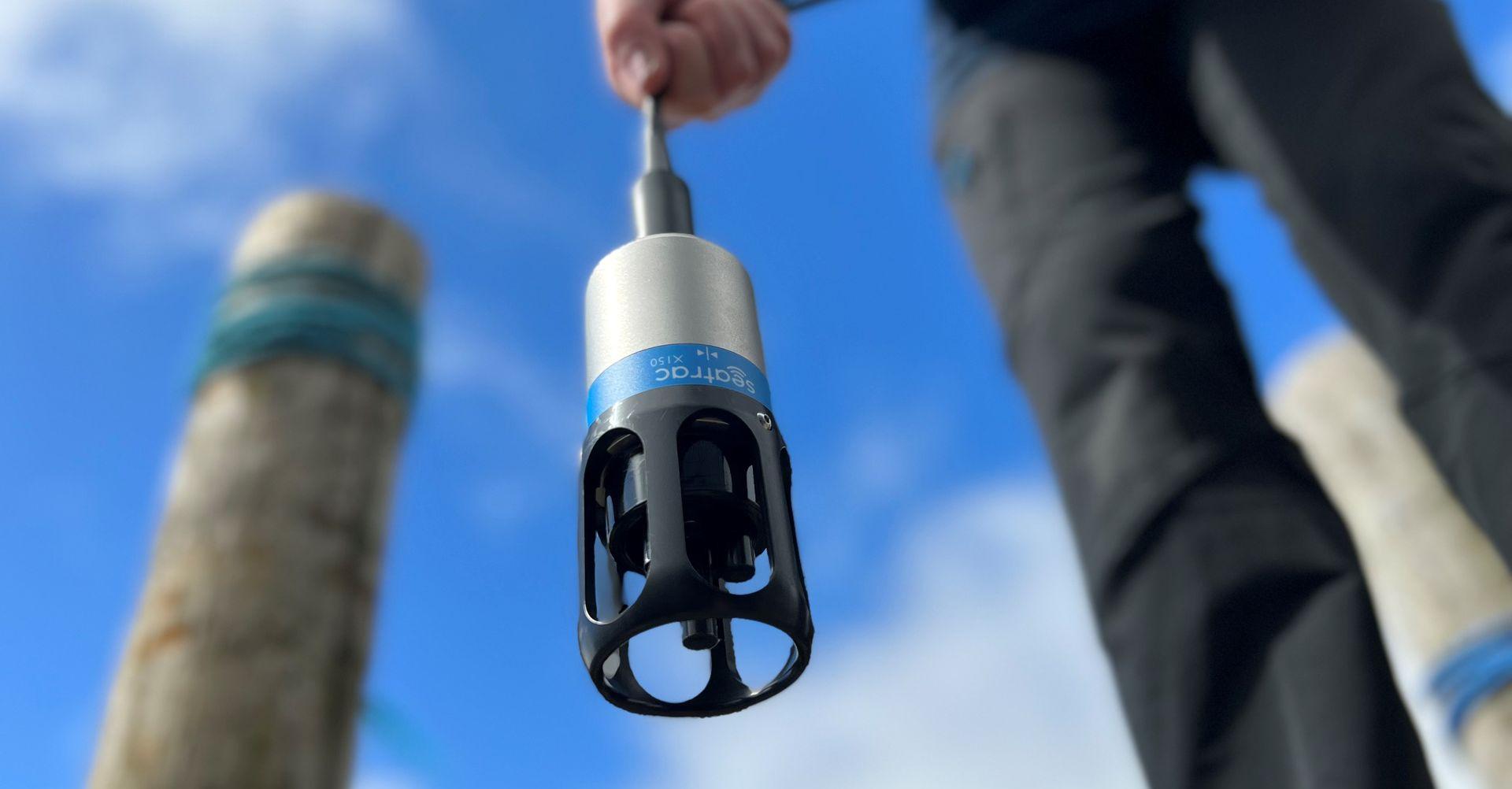Looking to get the most from your SeaTrac USBL system? Take a look at these essential tips from a Blueprint engineer.
Maintain A Clear Line of Sight
SeaTrac works by sending an acoustic ping from one beacon to the other and back again to ascertain the direction of the response. If an object obstructs the line of sight between the two beacons, the acoustic response may be reflected and will appear to arrive from an incorrect angle. It is important to ensure the SeaTrac beacons can communicate without interference to ensure accurate results.
Position Away from Large Objects
We recommend positioning SeaTrac beacons away from large reflective surfaces, such as a boat hull or large harbour wall. Large objects can cause reflected sound, distorting the SeaTrac’s acoustic response and resulting in inaccurate data. Using a pole mount kit or the included deck cable will enable users to position SeaTrac at a suitable depth, distant enough from reflective objects to ensure optimal operation.
Remove Trapped Bubbles
The beacon is designed to allow the ring area to free flood, enabling maximum transfer of acoustic energy from the transducer into the surrounding water. For best performance, when submerging the beacon ensure that no large air bubble remain trapped in this area otherwise operating range may be impacted.
Avoid Out-of-Water Operation
SeaTrac Beacons are designed for use in water. Extended periods of in-air transmission (greater than 10-15 minutes) may result in un-dissipated acoustic energy causing internal heating and possible long-term damage to the main transmitter transducer ring. Larger current consumption and current surges may also be observed on switch-mode power supplies during out-of-water transmission.
Complete Pre-Use Checklist
Before using your SeaTrac system it is important to ensure all settings and hardware are properly configured and ready for use, this includes, setting up beacon ID codes and imputing timeout range. Connect each beacon as required to the PC and use the SeaTrac Tools application to modify settings or perform calibration and diagnostic procedures. The Pre-Use Checklist can be located in section 2.5 of the SeaTrac User Guide. Click the link below:
